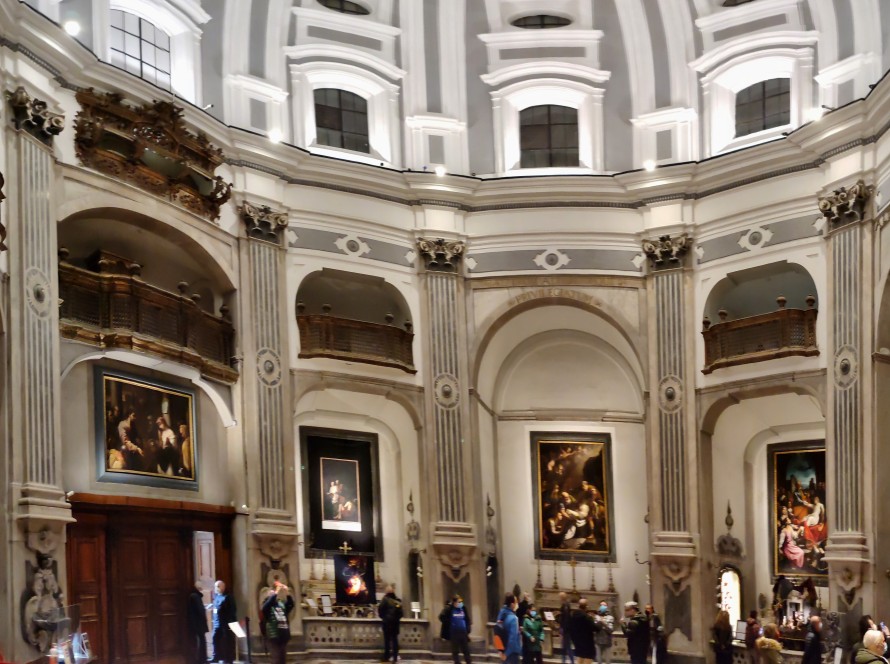You walk into a room at just the right time of day—gold spills through the windows, and for a second, the space feels like it’s waiting for someone to fall in love with it.
Then you pull up the listing photos. And something’s off.
The walls look washed out. The warmth is gone. It’s the same room, technically. But not the same feeling.
That’s the thing about real estate photography: lighting either tells the truth in a beautiful way, or it tells a half-truth that turns people away.
When Photos Just Don’t Feel Right
It’s not always easy to explain why a space doesn’t photograph well. Everything might be staged perfectly. Clean lines. Great furniture. Fresh paint. Still, the images feel… flat?
Lighting tends to be the missing piece.
Even great homes can look forgettable if the light isn’t handled right. And when the vibe feels off, people scroll past. They don’t always know why—they just do.
What Good Lighting Actually Does
It’s not just about being bright. In fact, overly bright spaces can come off as harsh or sterile.
Good lighting adds shape. It gives the room a sense of place, not just square footage. Shadows aren’t the enemy—they’re the thing that helps define texture, contrast, depth.
Think of how a beam of light falls across a wooden floor and makes the grain pop. Or how soft light in a bedroom can feel warm instead of yellow.
Photo lighting for homes works best when it supports the emotion of the space, not just the exposure.
Midday Isn’t Always Magic
Natural light is beautiful, but it’s not always your friend. A clear sky at noon? That can mean blown-out windows and strange vertical shadows.
You’d think the middle of the day would be the sweet spot. Sometimes it is. But often, it’s the hour just before sunset—or the quiet morning when the sun hangs low—that gives the light room to breathe.
Professional real estate photographers know this instinctively. Timing, angle, and weather matter more than people realize.
Property Lighting Tips from a Professional Photographer
There’s no magic switch, but here are a few things I’ve learned over time:
- Golden hour is gold for a reason. It softens everything and makes rooms feel inviting, not exposed.
- Mixing light temperatures? Avoid it. Cool daylight from the window plus warm bulbs overhead can make walls look green or sickly.
- Don’t rely on overhead lights. They flatten the scene. Lamps, sconces, and natural light layers do way more work.
- Bounce light is your friend. A simple white wall or reflector can bring balance to shadowy corners.
These aren’t hacks—they’re just decisions that come from paying attention. That’s where the difference lies between a camera operator and a professional real estate photographer.
When Lighting Gets It Right
There’s something deeply satisfying about nailing the light in a space.
Suddenly, a blank living room feels like somewhere you’d want to read a book. The kitchen doesn’t just look clean—it feels like breakfast on a Sunday.
You can’t always point to what worked. But buyers feel it. They pause on those photos longer. They imagine themselves there.
That’s the goal, right?
The Mistake Even the Best Camera Can’t Fix
Gear is great. Editing tools are helpful. But they won’t rescue a poorly lit shot.
Light has to be good before you press the shutter. No amount of software can fix what wasn’t there in the first place.
A professional photographer isn’t just someone with the right equipment. It’s someone who understands how light moves through a space, and how to wait for the right moment to catch it.
Leave the Lights On—Or Off—on Purpose
You don’t need every light in the house on. You don’t need the sun to be blasting in.
You just need to know what kind of story the light is telling.
And make sure it’s the right one.




